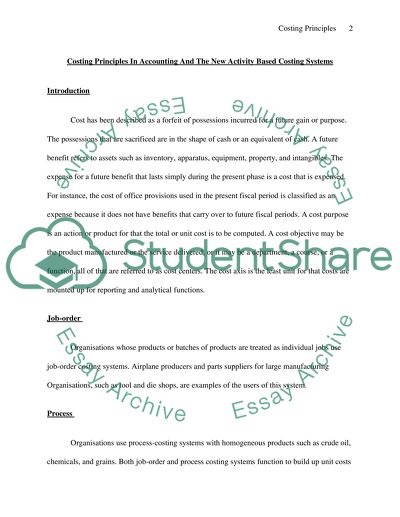Cite this document
(Costing Principles in Accounting and the New Activity-Based Costing Research Paper, n.d.)
Costing Principles in Accounting and the New Activity-Based Costing Research Paper. Retrieved from https://studentshare.org/finance-accounting/1530895-costing-principles
Costing Principles in Accounting and the New Activity-Based Costing Research Paper. Retrieved from https://studentshare.org/finance-accounting/1530895-costing-principles
(Costing Principles in Accounting and the New Activity-Based Costing Research Paper)
Costing Principles in Accounting and the New Activity-Based Costing Research Paper. https://studentshare.org/finance-accounting/1530895-costing-principles.
Costing Principles in Accounting and the New Activity-Based Costing Research Paper. https://studentshare.org/finance-accounting/1530895-costing-principles.
“Costing Principles in Accounting and the New Activity-Based Costing Research Paper”, n.d. https://studentshare.org/finance-accounting/1530895-costing-principles.


